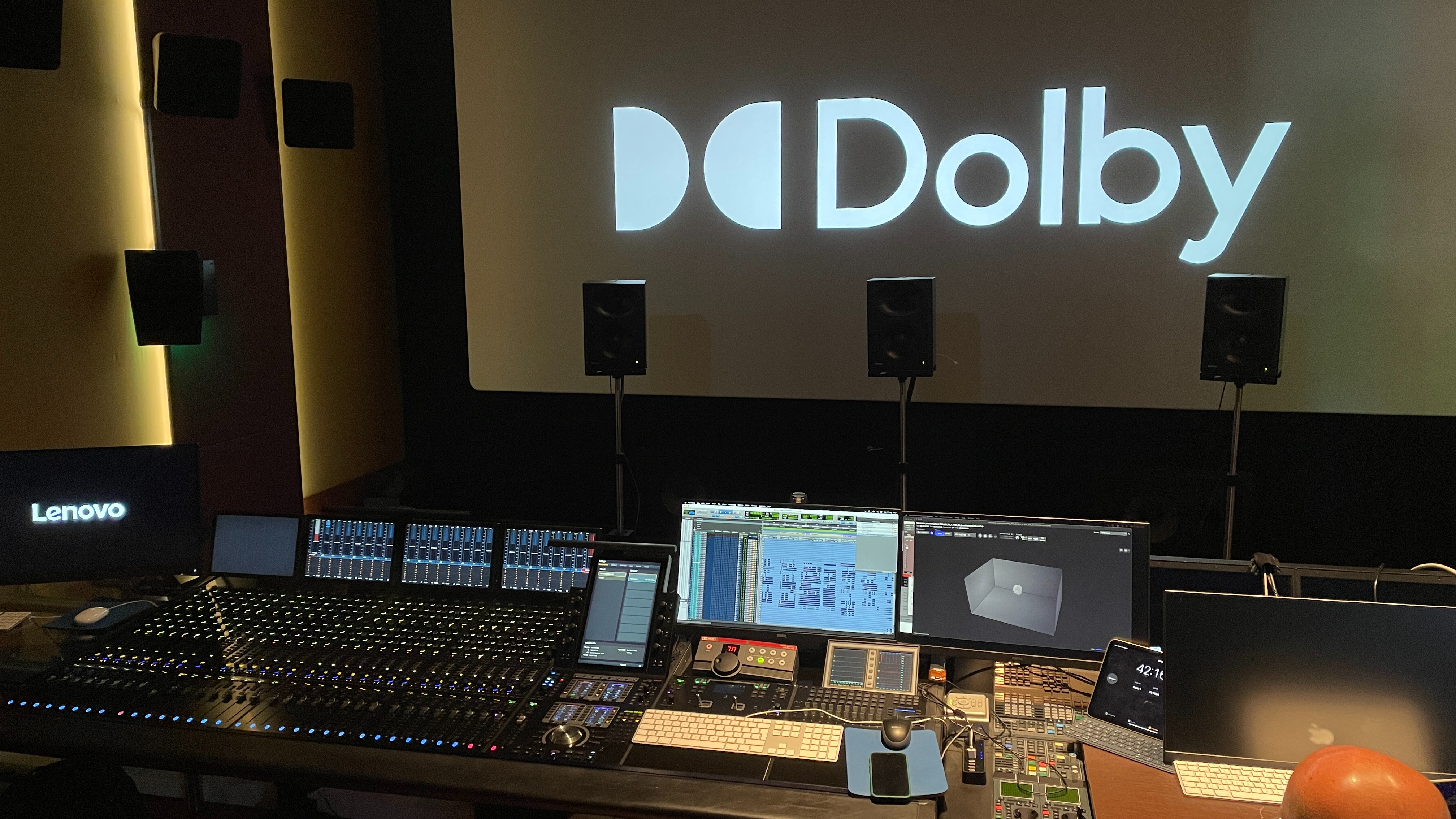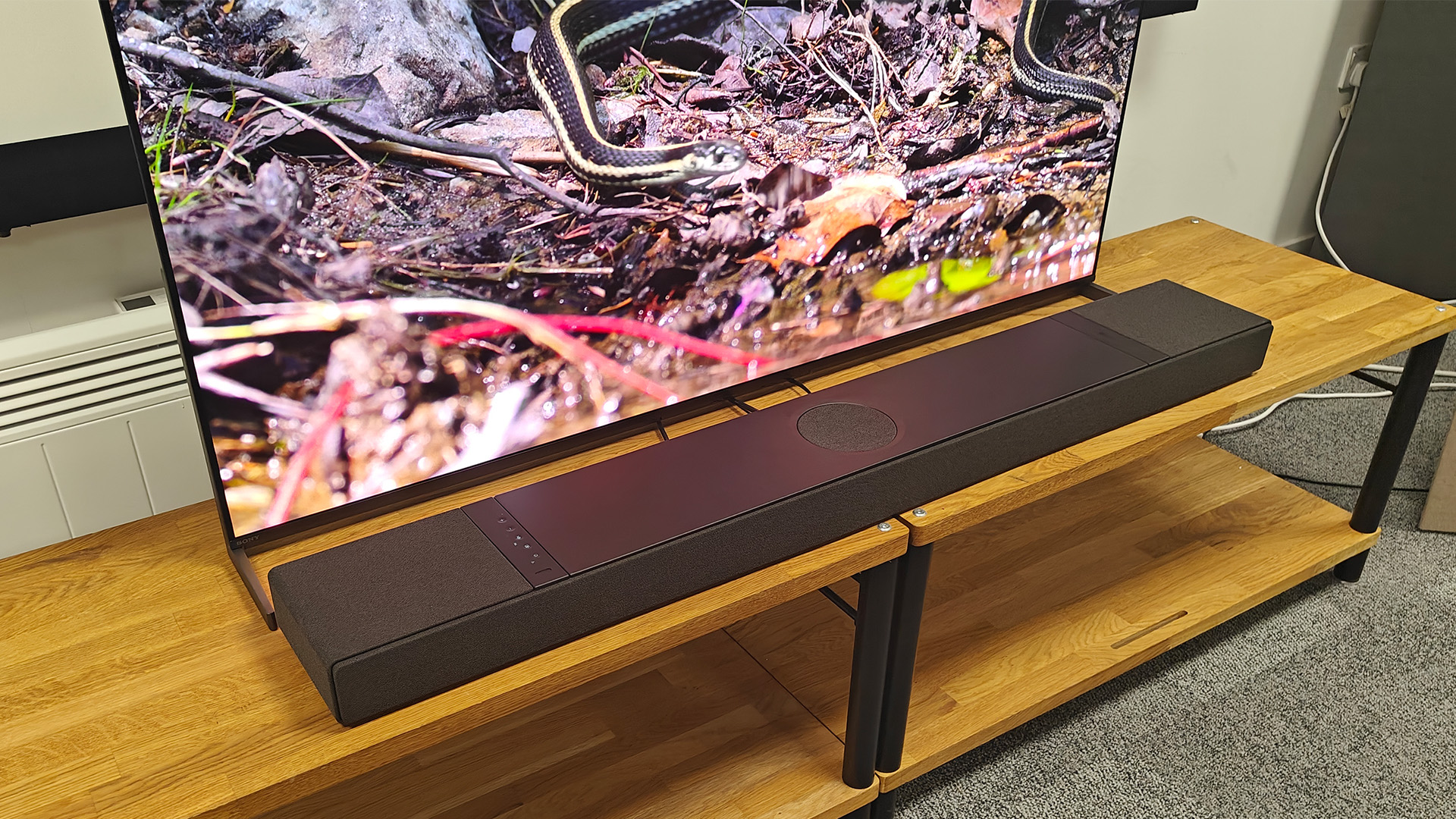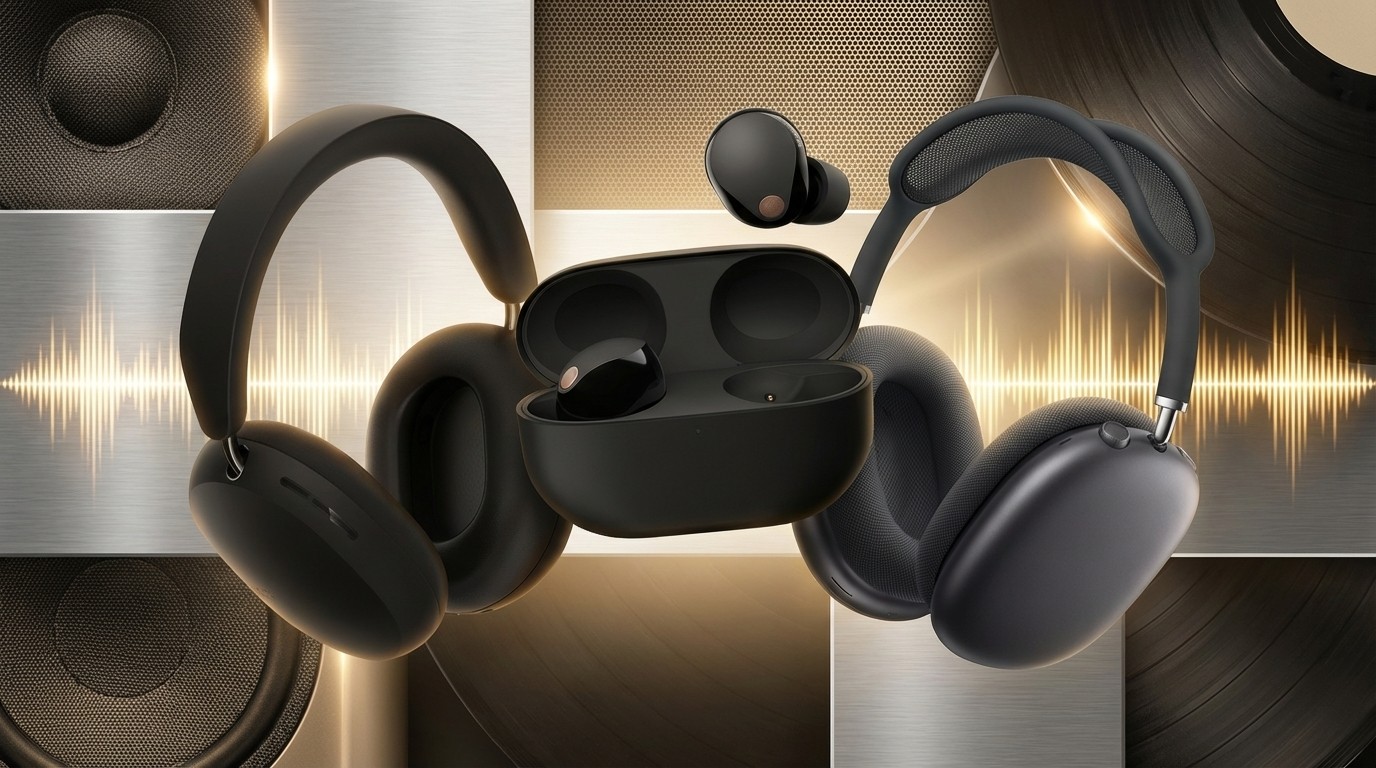Dolby Atmos is getting better – and awesome new home cinema kit is only partly to thank
Superman jetting through Metropolis, Brad Pitt destroying his F1 car, vampires doing an Irish jig – 2025’s filmmakers are getting much more creative with their use of audio

Dolby Atmos is an increasingly common sight, with everything from TVs and soundbars to laptops, headphones and more supporting the format.
And while that’s in some ways cool, like HDR before it, the increase in brand recognition is a two-edged sword. Despite its prevalence, many people haven’t experienced “good” Atmos, even when watching films featuring it on technically compatible hardware.
There are two simple reasons.
The first is down to the hardware you’re using. Any item with the branding on its specification sheet should be able to recognise a Dolby Atmos audio signal, of course. But that doesn’t mean it will deliver a good performance.
Just because a product is able to recognise a Dolby Atmos signal doesn’t mean you’ll actually enjoy the intended dome of sound effect, where it feels like sound is coming from above as well as around you.
Even in our best soundbars and best Dolby Atmos soundbars guide you will see a wealth of different products each of which performs very differently, even playing the same test discs.
An inability to deliver the intended sense of height is a key issue on many of the soundbars we test, even those with clever upward-firing drivers designed to bounce sound off the ceiling.
The latest hi-fi, home cinema and tech news, reviews, buying advice and deals, direct to your inbox.
The difference between what you get with most Atmos soundbars (including the Sonos Beam (Gen 2) that we recommend to most people on a budget) and a full fat 5.2.2 set-up, is night and day.
The second issue comes down to the films most people watch. Most blockbusters are mastered in Atmos these days, but that doesn’t mean they make full use of the tech.
I have frequently watched films where, despite offering Atmos, the audio doesn’t bother using the added height channels. The badge is a technical box-tick rather than proper selling point for the film.
This is especially true on films that have had the feature added at a later date, despite not being originally recorded with Atmos.
Does that mean they’re bad? Not at all. I enjoyed watching The Thursday Murder Club this weekend with my wife, even though it makes next to no effort to use Atmos – a “who done it” with its cast is fun all the same.
Unless you get a good Atmos mix playing on decent hardware you won’t experience proper movie magic. Which is why I am pleased to report that both of these issues are rapidly improving this year.
On the technical front, the reason is clear – Atmos home systems and soundbars are getting better.

The new KEF XIO (pictured above) is a great example. It’s the first soundbar from the hi-fi giant, and it's the best single-bar solution we have heard, beating its main rival and our former premium recommendation, the Sennheiser Ambeo Max, when we ran the two head to head.
As we say in our review: “KEF says that it wants the soundbar to effectively act as a hi-fi package wrapped up in one product, and it has achieved that. Put simply, it is one of the best soundbars we have heard.”
Systems including the five-star Samsung Q990F also offer better height and generally better quality audio than the already excellent 2024 Samsung Q990D. Simply put, the hardware available to home cinema fanatics is getting better.
But, what has really grabbed my attention is how much better the source material is getting, with more and more of the films I watch making effective use of Dolby Atmos.
We’re only nine months in, but my highlight reel for the year is already the fullest it has been for close to a decade. Weapons, Superman, Sinners, F1, 28 Years Later and Warfare are all in it. And all are great examples of how to use Atmos, and audio in general, to create a more immersive experience.
Being there in the moment with the navy seals stuck in a house, in enemy territory, worrying about every bump in the night, or stray noise in the distance, Warfare uses sound and Atmos’s added sense of directionality to increase the tension – which is no surprise given the calibre of the team behind it, which includes Ben Barker and Glenn Freemantle, who worked on the similarly masterful audio for Gravity.
Then there are those two scenes in 28 Years Later, where a particularly big zombie is stalking overhead, every heavy step delivering a fresh stab of dread.
Or Sinners, where the sound of a vampire Irish jig is delivered in full Atmos glory, making you feel as though you’re embedded in the centre of the pack of bloodsucking monsters.
The list of stellar uses of Atmos is so long, I could go on for days. When you pair one of the masterpieces of audio mentioned above with the hardware to do it justice you will understand why the team and I have been hammering on about “good” Atmos for so long.
It’s also why I can’t wait to see what filmmakers do with it next – if my experience this year is anything to go by, the best is definitely yet to come; there's still plenty of room for innovation left to explore.
MORE:
These are the best projectors we have tested
We rate the best TVs for serious home cinema fans
Our picks of the best AVRs

Alastair is What Hi-Fi?’s editor in chief. He has well over a decade’s experience as a journalist working in both B2C and B2B press. During this time he’s covered everything from the launch of the first Amazon Echo to government cyber security policy. Prior to joining What Hi-Fi? he served as Trusted Reviews’ editor-in-chief. Outside of tech, he has a Masters from King’s College London in Ethics and the Philosophy of Religion, is an enthusiastic, but untalented, guitar player and runs a webcomic in his spare time.
You must confirm your public display name before commenting
Please logout and then login again, you will then be prompted to enter your display name.
